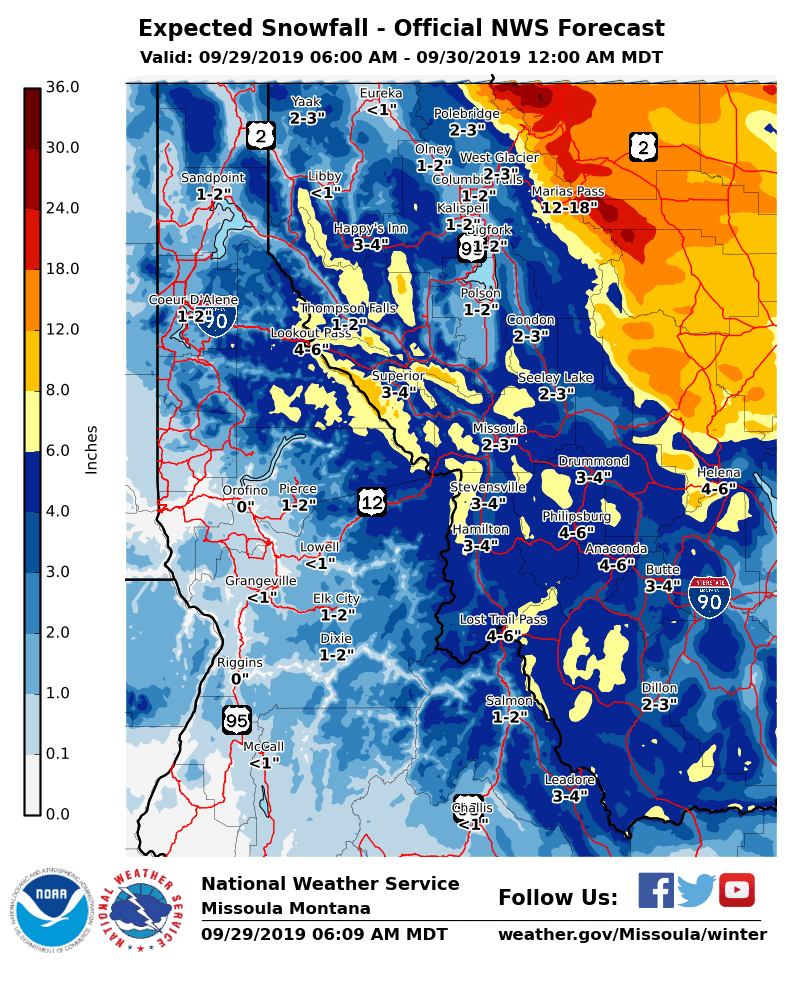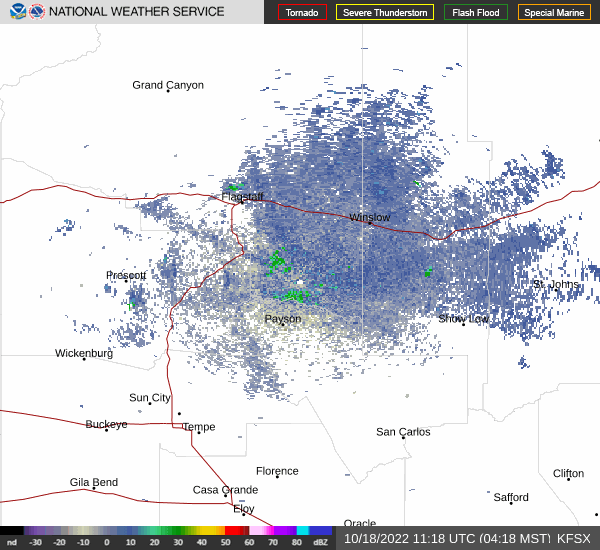

In it, they predicted that there could be 14 to 20 named storms during the season, which runs through Nov. In early August, scientists at the National Oceanic and Atmospheric Administration issued an updated forecast for the rest of the season, which still called for an above-normal level of activity. Julia, which formed 10 days after Ian made landfall in Florida, hit Central America with heavy rain on Sunday. Ian struck southwestern Florida as a Category 4 storm in late September, killing more than 100 people and causing a staggering scale of destruction. Next came Fiona, which left much of Puerto Rico without electricity for more than a week, and then Gaston and Hermine. Storm activity picked up in early September with Danielle and Earl, which formed within a day of each other. 1 and none during August, the first time that has happened since 1997. The Atlantic hurricane season, which runs from June through November, had a relatively quiet start, with only three named storms before Sept. That storm killed 12 people and damaged more than half of the state’s municipalities, making it one of the most destructive hurricanes in the state’s history. The most recent hurricane to hit Veracruz was Hurricane Grace in August last year, which struck 50 municipalities with gusts of up to 127 m.p.h., leaving eight people dead, including a family of six in the state capital, Xalapa.Īlthough Karl, which formed on Tuesday, is considered a low-risk storm, the name of the impending hurricane is ominous: In 2010, a Category 3 hurricane also named Karl struck Veracruz, with maximum winds of 115 m.p.h. were expected within 36 hours, from Alvarado east to Ciudad del Carmen. On Thursday, the Mexican government issued a tropical storm warning, meaning winds of 39 m.p.h. While officials in Mexico said on Wednesday that Karl would make landfall near the port city of Veracruz as a Category 1 hurricane, with winds of 74 to 95 m.p.h., the latest forecast suggested that it would gradually lose strength later on Thursday or on Friday as it approaches the Bay of Campeche. Osorno said some communities there have been cut off from communication because of intense rains and flooding in October. The head of the Civil Protection Ministry in Veracruz, Guadalupe Osorno Maldonado, said in an interview that Karl could make landfall in the state in the early hours of Saturday, hitting Coatzacoalcos.Ĭivil Protection personnel in the southern region of Veracruz are monitoring the flow of the Uxpanapa River, specifically in Las Choapas, a cattle-raising municipality of about 80,000 residents that borders the state of Tabasco. Now, it is taking aim at Coatzacoalcos and neighboring municipalities in the state of Tabasco, Ms. Then it was projected to make landfall in Alvarado, in the central region. It was originally expected to hit Nautla, a municipality in northern Veracruz.

The storm had been moving northward before its trajectory changed three times. Source: Observed and forecast storm positions from NOAAįorecasters and officials have been watching Karl’s erratic path. Source: Observed and forecast storm positions from NOAA Times are Eastern.


 0 kommentar(er)
0 kommentar(er)
